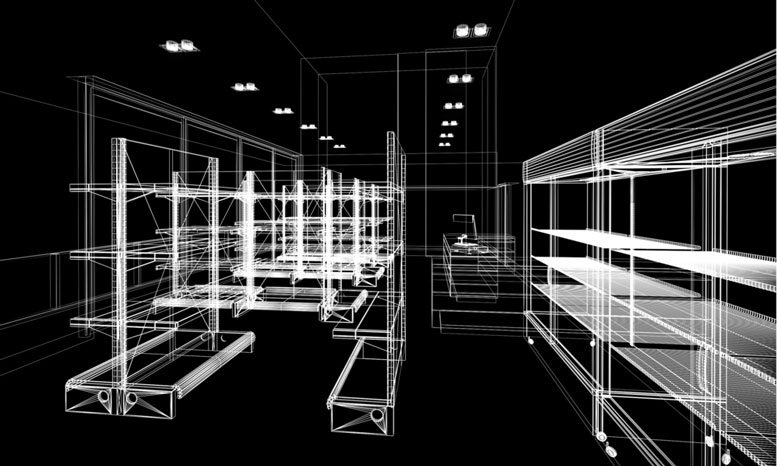News
Why Dubai can make its 2030 3D printing deadline

Big Project ME speaks to Dr Anthony F Bentivegna, laboratory manager – Materials Testing and Analysis for CTL Group and a leading authority on 3D printing for construction.
You mentioned during your presentation at the fifth International Conference for Sustainable Construction Materials in Dubai that a 3D-printed skyscraper is being planned. How viable is Dubai’s plan to have 25% of its buildings 3D-printed by 2030?
I think the 2030 deadline is more achievable than the 2020 deadline for building the high-rise building, which is a little ahead of its time right now. We need to focus on durability and the structural integrity of 3D-printed buildings. This requires further evaluation, as 3D-printed concrete hasn’t yet incorporated steel reinforcement successfully in a consistent manner in order to make it more structurally sound.
Slag and fly ash are supplementary cementitious materials. These are good for sustainability, as there is less cement and it improves the durability of the concrete. Essentially, these are waste products from other industries. Fly ash is derived from burning coal in power generation. Slag is a waste product from the steel industry, and is available in this region.
There are a lot of misconceptions about how 3D printing will actually work on construction sites. How would you explain the technology, so as to clear them up?
I have seen many variations of what it could look like. The US Army Corps of Engineers has a deployable system that comes off the back of a truck. A system under research in Germany looks like a concrete pump truck. There will be a lot of development still, and things will change as better delivery systems are found. For example, we saw in a recent NASA competition that the delivery system will differ drastically from those found in typical construction, as it will comprise high-end robotic arms and movable robots.
Even 2030 is just around the corner. My impression is that with the current state of technology it would be too time-consuming and convoluted to print a building structure, compared to just pouring the concrete using formwork.
From a cost and efficiency perspective, would it not be better to print the formwork instead and still pour the concrete?
A lot of people are looking at that approach. There are mainly two different approaches to 3D printing. I think the goal of the industry is to make it so that the material can be deposited quickly, and we are not there yet in that we can do it quicker than conventional construction. What you need to understand with traditional construction and formwork is the long erection time. Then you place the concrete and remove the formwork. All of this is a very labour-intense and time-consuming process that has to be taken into account when contemplating using a 3D concrete printer.
What are the limitations of 3D concrete printing?
I think some of the main limitations relate to testing methods and safety. We have not yet determined what test methods are applicable, and how best to test that printed concrete has the necessary strength to prevent any structural collapses.
We really want to ensure we develop comprehensive test methods so that we are confident that the materials can deliver the required design parameters. That is where the focus needs to be, and is what the National Institute of Standards and Technology (NIST) is doing in North America.
Do you see areas where 3D concrete printing can complement existing construction methods?
I believe so. In North America, we see many companies focusing on single-family, one-storey houses. Here, 3D printing can reduce the construction cost and speed up the build time. That is likely to come into its own sooner than high-rise applications. Another niche application is following a natural disaster, where there is a great need to build temporary structures rapidly without having access to lots of different materials and machinery.
Leave Message
If you have any problems or questions about our products or need our support and assistance, please feel free to write us, we will reply to you within 24 hours, and never reveal your information to the third party. Thank you!
PRODUCTS SEARCH
Quickly find productPRODUCTS LIST
- QT4-25 block making machine
- QMJ-10A Egg-laying Block Ma...
- QTY4-30 Egg Laying Block Ma...
- QTJ4-40 Semi-auto Block Mak...
- QTJ4-35 Semi-auto Block Mak...
- QTJ4-26 Semi-auto Block Mak...
- QTJ4-25 Auto Block Making M...
- Concrete Mixing Pump
- Trailer Concrete Pump
- HY600 Self-loading Concrete...
